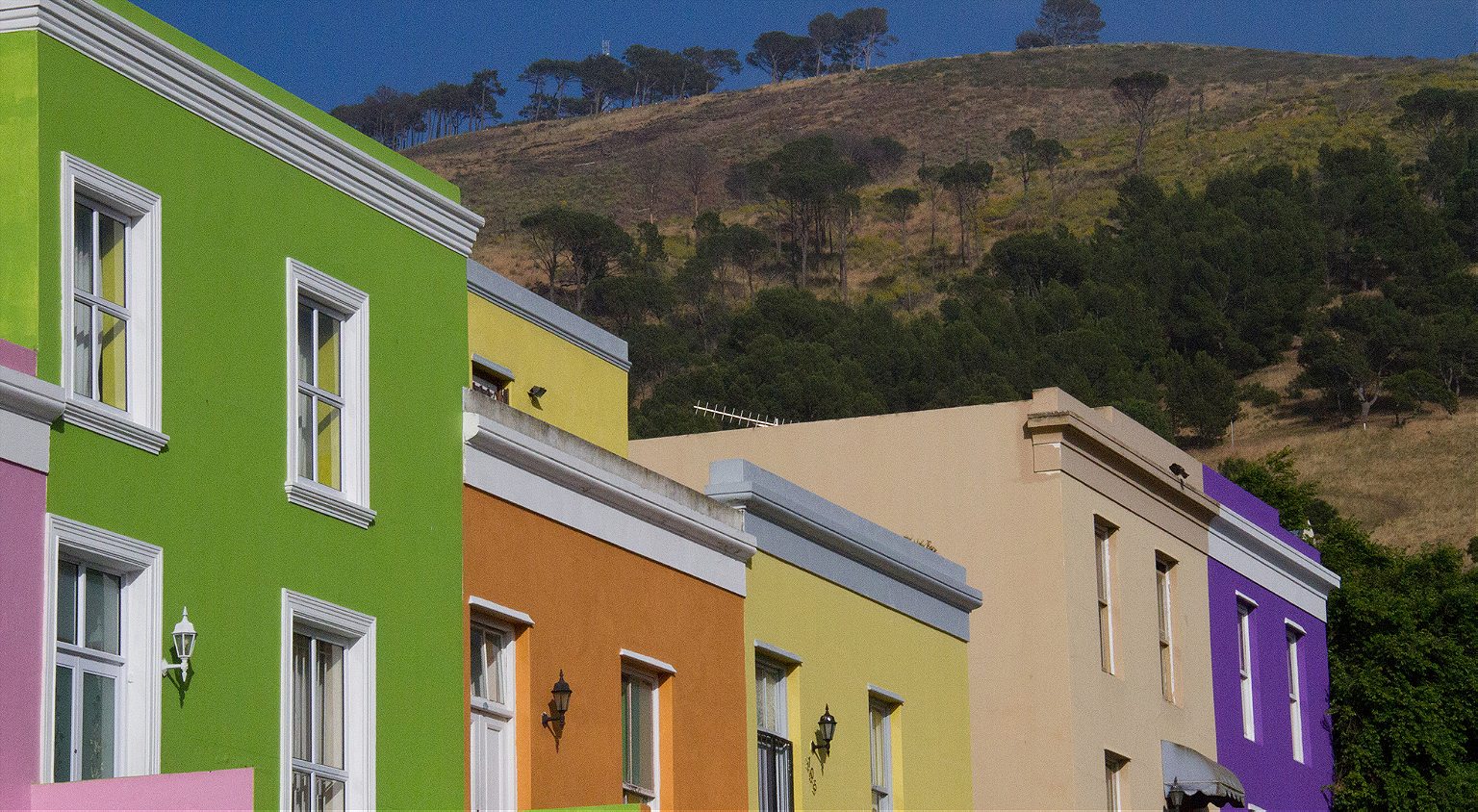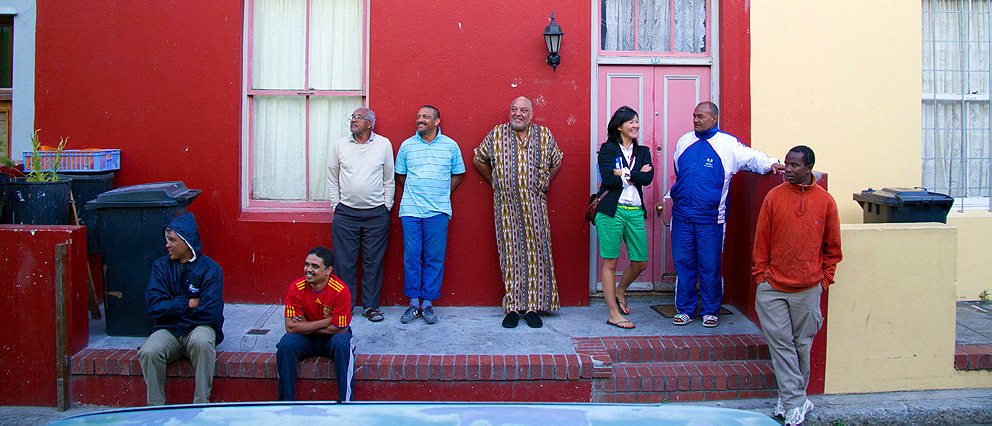Cape Town is a city of footnotes. From a Spice Route stopover to an apartheid police state to the beaming host of the 2010 World Cup, it’s a place that slips through your fingers every time you attempt to take hold of it. The one absolute truth in these parts is that there are no absolute truths, that on the Western Cape of South Africa, there are three sides to every story.
You can’t, for example, talk about the great new restaurants in central Cape Town without remembering the humble kitchens and oil-drum grills that keep the 1.5 million residents of the Cape Flats and the black townships nourished.
You can’t drink world-class wines from the regions just beyond the city without discussing the history of indentured servitude that allowed those vines to bear such cheap, excellent fruit.
And you can’t taste Cape-specific dishes like bobotie, an egg-and-mincemeat mash-up, without considering the incredible historical events—Dutch spice trading, Malay slavery, Afrikaner persistence—it took to fuse its disparate ingredients.

These are the clauses and asterisks upon which Cape Town is built, that will forever paint its past and color its future. But we’ve come to the region at a particularly interesting time, as the tension between its shiny center and its rough edges shows signs of wearing on its citizens. In recent weeks, farm workers in the Western Cape have organized strikes—some peaceful, some violent—demanding better wages and working conditions for the tens of thousands that make South Africa’s fruit and wine industries possible. Communities have lost family members, farmers have seen their crops destroyed, and the specter of more violence looms over negotiations that continue to sputter.
Along the western coast, a town of abalone poachers has declared war on the local police, setting flame to squad cars, blocking off sections of highway with burning tires and raising the stakes in a black market industry that has become a major component of the Cape economy. Some see the poaching as a necessary means of survival; others say it’s an industry co-opted by drug traffickers that threatens the fragile ecosystem of the Cape waters. As is so often the case in this country, both sides are right.

But behind all of the tension is a city widely recognized to be one of the most livable in the developing world: top-tier restaurants, coffee shops and bakeries that rival those of the great European capitals, neighborhoods painted with the diversity that makes South Africa such a vital destination for travelers looking for a side of reality to go along with their flat whites and flaky croissants.
The Test Kitchen in Woodstock—a neighborhood whose incongruous mix of homeless, hustlers and hipsters is a fitting Cape microcosm—may be Africa’s most ambitious restaurant, a place that could lift this city from a being a good place to eat well to being the kind of town people travel across continents to dine in.
In the townships and the Cape Flats, densely-populated areas where the impact of apartheid and the staggering inequality of this country comes into sharp focus, barbecue barons and hip-hop crusaders and young entrepreneurs make minor miracles out of grave circumstances, giving new definition to the word community along the way.

These are the stories we’ve come here to tell. Cape Town and the Western Cape, for better or worse, are a journalist’s dream—a cultural, historical, political stew that is, especially these days, on the brink of boiling over.
Of course, it doesn’t hurt that Cape Town is one of the most gorgeous places on the planet: crescents of soft-sand beaches, hills of ambling vineyards, and a massive rock mountains that loom over the city like a past it can’t escape. Stay tuned for more from the Cape in the coming weeks.